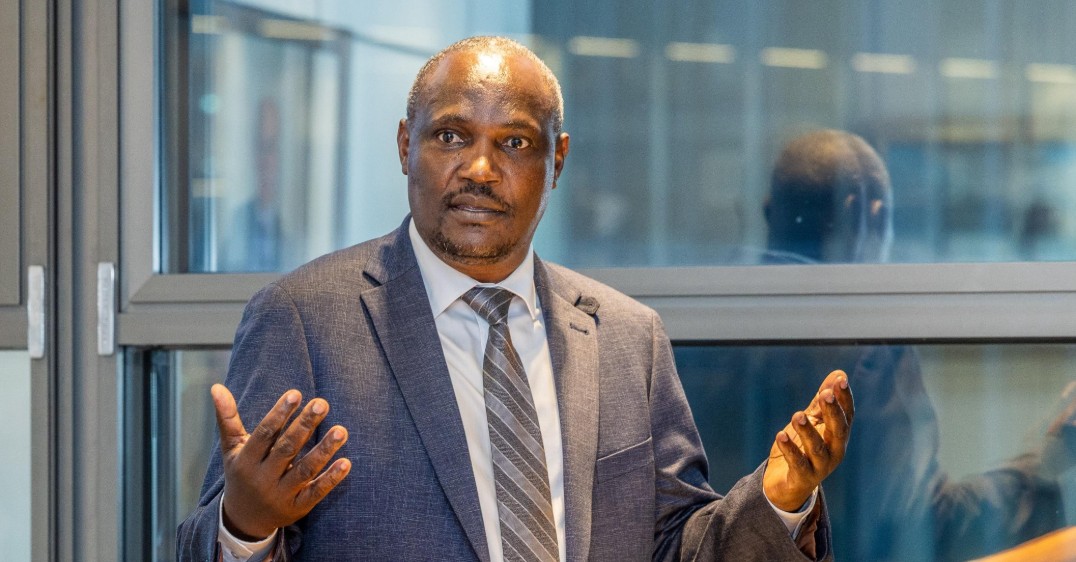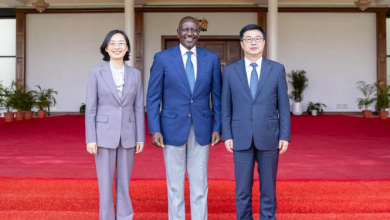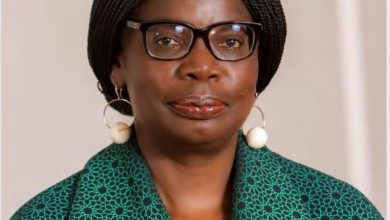Treasury CS John Mbadi explains why State shunned subsidy as fuel prices hike

Treasury Cabinet Secretary John Mbadi has defended the government’s decision not to cushion consumers from the recent sharp increase in fuel prices, saying the State must choose carefully when to intervene due to pressure on the Petroleum Development Levy (PDL) fund.
“The government chooses when to intervene. Epra felt we did not need to do it (apply a subsidy) this time. Remember that the kitty has other uses, and you can deplete the kitty. Epra felt that the increase in pump prices could be absorbed, but if we see prices going higher, then the government will intervene,” Mbadi said on Tuesday.
His remarks come as Kenyans face the steepest fuel price increase in two years. In the latest monthly review that runs until August 15, the Energy and Petroleum Regulatory Authority (Epra) did not apply any subsidy, marking the second straight month the government has held back from using the fund.
The previous price cycle, between June 15 and July 14, also went without support from the PDL kitty.
As a result, pump prices jumped sharply. In Nairobi, a litre of petrol rose by Sh8.99 to Sh186.31, while diesel increased by Sh8.67 to Sh171.58. Kerosene, which is mainly used by low-income households, climbed the most, by Sh9.65 to Sh156.58 per litre.
The government has yet to confirm whether the PDL fund is depleted, but recent actions point to mounting pressure on the kitty.
In the year to June 2024, the State illegally withdrew Sh58 billion from the Railway Development Levy to finance fuel subsidies, raising concerns about whether the PDL fund had already run out or was insufficient.
Fuel subsidies previously helped keep prices in check, preventing increases of up to Sh9 per litre for diesel, Sh7 for petrol, and Sh8 for kerosene. But over time, the fund has come under strain, especially when its collections were diverted to cover unrelated expenditures.
From July 2023 to March this year, the government collected about Sh43.9 billion through the PDL, which is charged at Sh5.40 per litre of petrol and diesel, and Sh0.40 per litre of kerosene.
While meant to stabilise fuel prices, the levy’s impact has weakened due to off-budget spending and legal breaches in how the funds are used.
One notable example came during the 2020/21 financial year, when the government withdrew Sh18.1 billion from the PDL and used it to pay a Chinese firm operating the Standard Gauge Railway.
This went against the law, which requires PDL funds to remain within the petroleum sector.
The International Monetary Fund (IMF) flagged Kenya’s fuel subsidy programme as a major fiscal risk and directed the government to publish a full audit by January this year.
Kenya had also committed to only subsidising fuel when there was enough money in the PDL fund.
Delays in paying oil marketers under the subsidy scheme have previously forced the government to borrow. Two years ago, the Treasury floated a bond worth Sh45 billion to clear debts owed to fuel suppliers, underscoring the risks of depending on subsidies without adequate resources.





